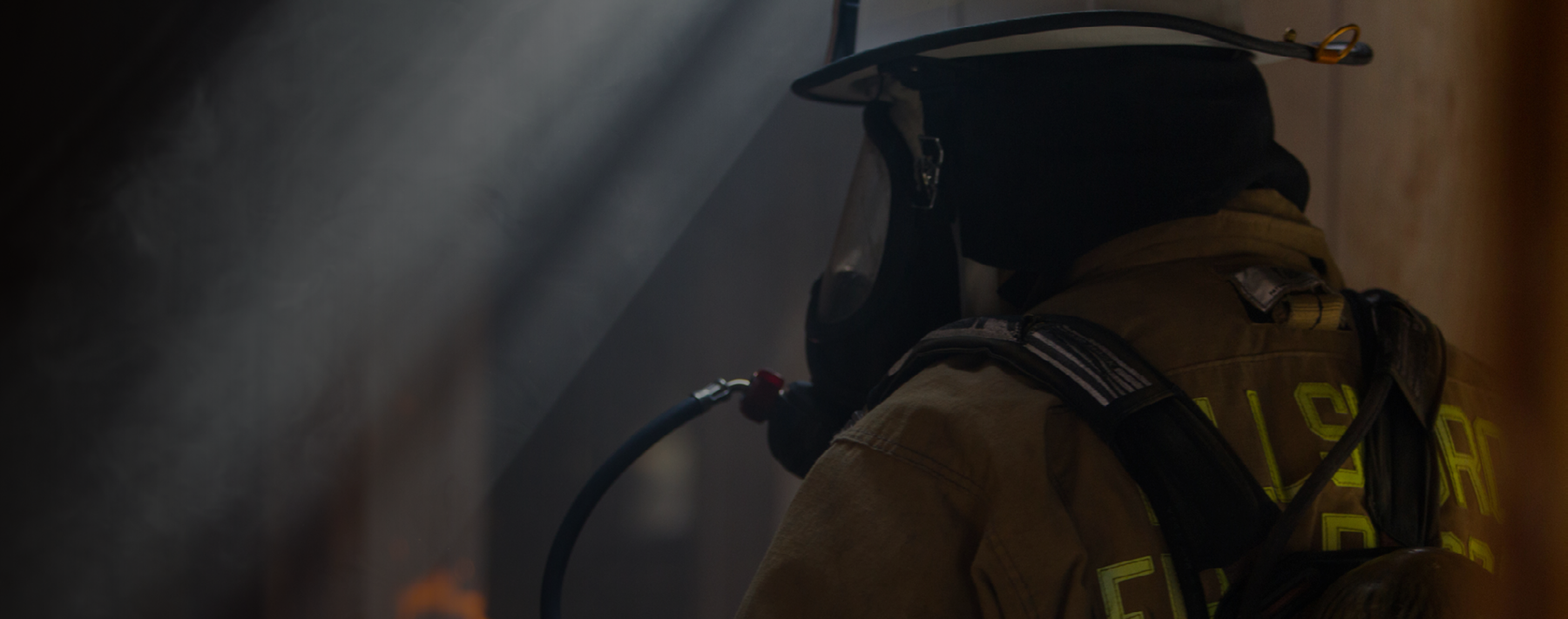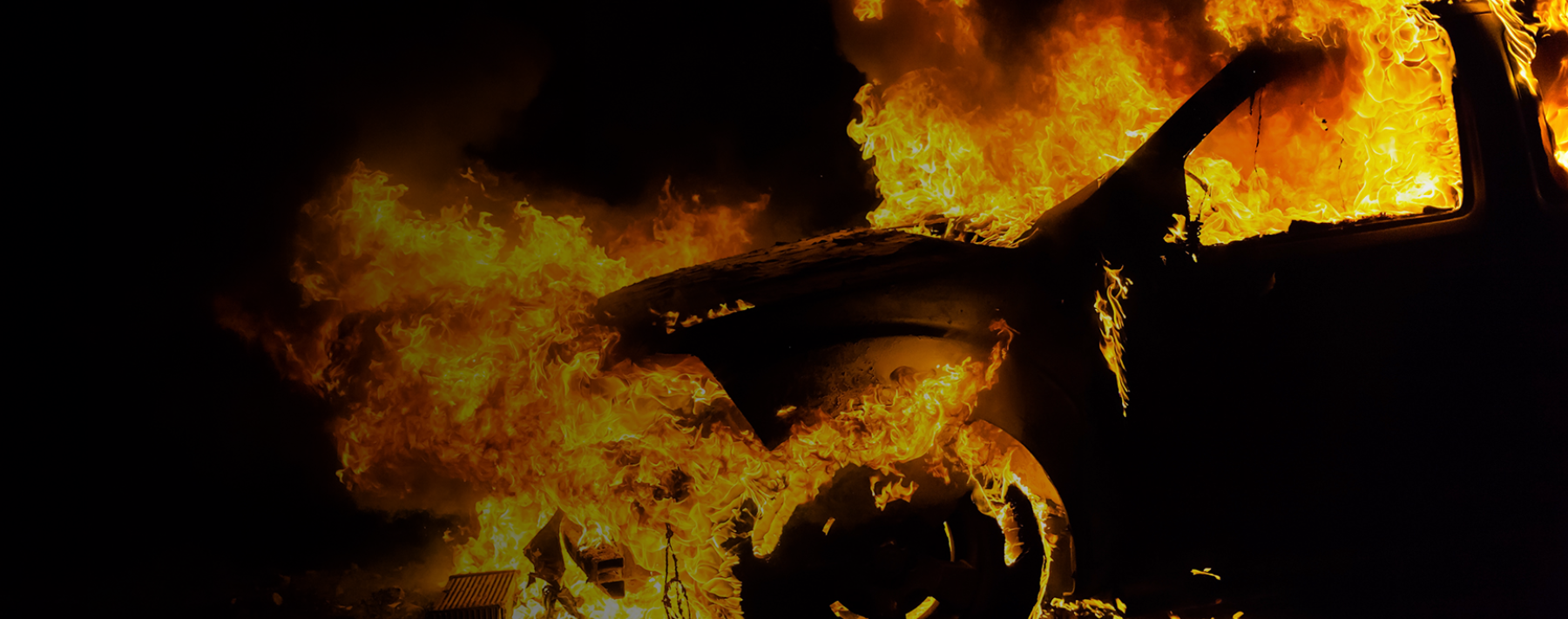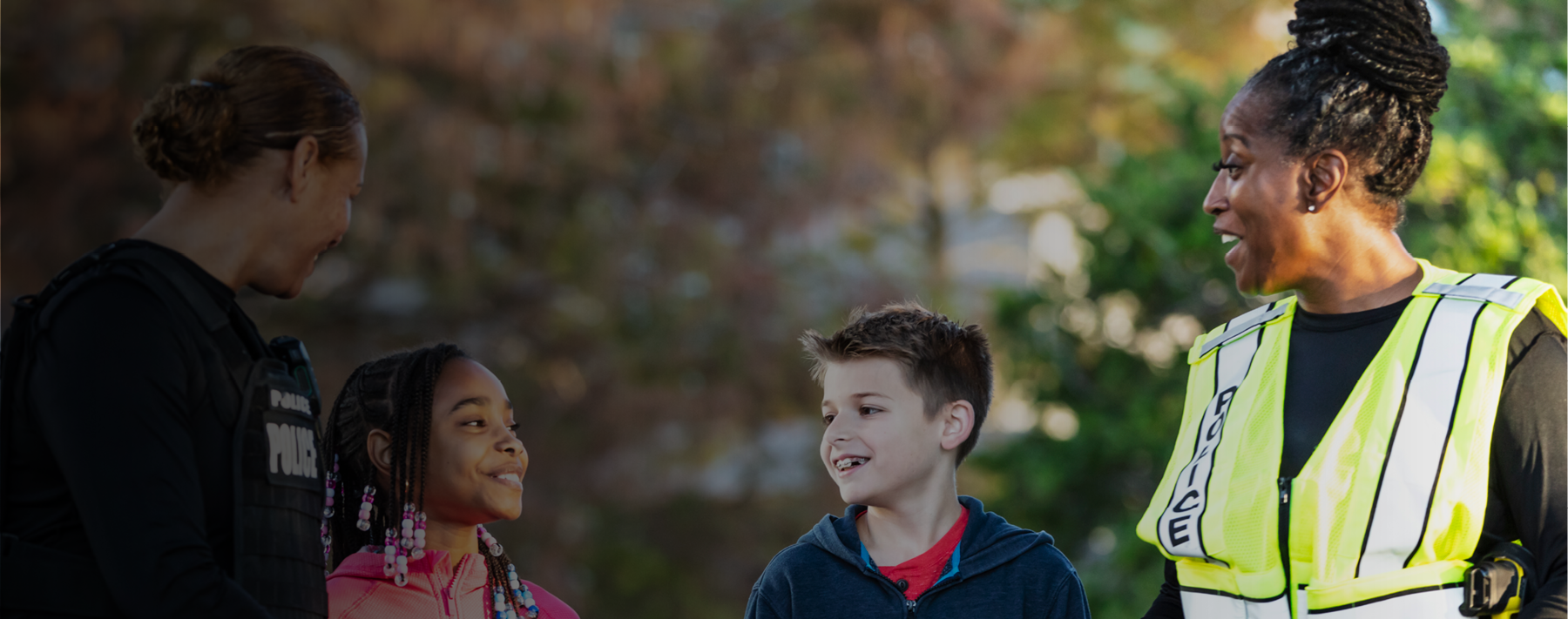Firefighting is dangerous for many reasons. The inherent risks of operating in immediately dangerous to life and health (IDLH) environments such as structure fires and hazmat scenes, elevated cancer rates, exposure to traumatic stress, lack of sleep – the list of what makes this job hard goes on and on. Many people outside this calling wonder why we do it!
But when we acknowledge the risks of the job, we also must remember many of these risks are being managed and reduced. And here is the good news: In many ways, we are improving firefighter health and wellness both on the job and after we retire.
That is the good news. Now the bad news…
While many of us are working successfully to make our job safer, there are still many of us who are not adapting to this effort. Don’t believe me? Go to any social media outlet and look at the photos and videos documenting many who are still doing it wrong and failing to adapt.
Just last week, in a 10-minute session in the social media space, here is what I observed:
- Several fire apparatus going through controlled intersections against the red light at a high vehicle speed.
- One fire apparatus taking a left-hand turn where the vehicle slid around the corner before the operator was able to regain control and proceed.
- 10 videos of firefighters without the waist straps of their SCBA secured around their waist.
- 15 videos of firefighters without the chin straps of their helmets secured to hold them in place.
- 3 videos where firefighters were attempting a fire suppression activity with either leather work gloves or extrication gloves on their hands instead of NFPA-approved gloves.
Each of these incidents could easily be considered a near-miss. There were no headlines, no reports of injuries or fatalities, or other negative outcomes associated with these incidents. So you may be thinking to yourself, what’s the big deal? Nothing happened, so no harm/no foul, right?
Yes, we will sometimes be called upon to sacrifice our own safety. But we must be smart about which risks we must take and which we can manage.
Let’s all be honest with ourselves for a minute. Hopefully, we received good training and mentoring when we started in the fire service. But even with that foundation, we have all seen and experienced – and committed – unsafe acts that did not align with our training. Over time, it’s easy to become complacent. We forget to do something once or twice, or we do something wrong. If nothing bad happens – no physical consequence, the company officer doesn’t call you out, you don’t end up in a disciplinary action – we have little incentive to correct the behavior.
There is a term for this behavior: normalization of deviance. This was a term first coined by Sociologist Diane Vaughn in review of the Challenger shuttle disaster. By her definition, it is the process in which deviance from correct behavior no longer feels incorrect or wrong.
In the fire service, what we must realize is this is not simply about you as an individual allowing normalization of deviance in your own activities and tasks. It is also allowing others in your crew, your station or your organization to adopt similar behaviors, which leads to a culture of unsafe and dangerous practices. As we all know, we can only continue to do that for so long before a negative outcome occurs.
Gordon Graham, a world-renowned risk management expert and co-founder of Lexipol, says that firefighters, police officers and others in high-risk industries do not “figure out new ways for adverse events to occur.” That is, we are making the same mistakes over and over again. And for every adverse event we can identify a series of failures (root causes) that contributed to the final, negative outcome. When that happens, consequences may include severe injury, line-of-duty death, criminal charges, or civil settlements exceeding several millions of dollars in some cases.
So let’s revisit the question: What’s the big deal? You are now starting to see a clearer picture.
Simple Actions Make the Difference
Think about your own activities at the fire station, whether you’re career or volunteer. Do you:
- Take the time to inspect your gear before you put it on the truck for the shift? If you are a volunteer, do you look at that gear after a structure fire to make sure it was not damaged and needs repair? Are YOU sure that gear will be there for you when you need it most?
- Same for your SCBA. Do you perform a functional check of the air delivery and the Personal Alert Safety System (PASS) to confirm it goes into full alarm as designed when you need it to?
- I mentioned the waist straps of your SCBA. If they are not secured around your waist as designed, how can you be sure it won’t snag on something while you are operating in the interior of a structure fire, trapping you because you did not wear your gear correctly? Your helmet strap is a similar concern. How thrilled will you be when your helmet gets knocked off your head in the heat of battle because your strap wasn’t secured to hold it in place?
- Are you wearing the right personal protective equipment for your work? Firefighters in photos/video can be commonly seen wearing the wrong gloves, no hood, etc.
- When operating our fire apparatus, whether or not we are responding to an emergency, we are expected to operate safely. We all tend to drive more aggressively when a significant call is dispatched. It is easy to forget that the goal is to mitigate the emergency. If we operate in a manner such that we do not arrive, then are we making the emergency better or worse?
As you think about each of the situations above, consider two questions: First, are you allowing yourself to commit these or other unsafe acts? Are you doing things you know are unsafe for yourself and your crew, but because “nothing wrong ever happens,” it becomes a frequent practice? I mean, what can happen, right? Or more appropriately, nothing wrong has happened yet.
Remember, the normalization of deviance in the fire service is not just about you. It is also about those around you.
Second, are you observing others on your crew, in your station, or in your department not working safely? If you are, what are you doing about it? Remember, the normalization of deviance in the fire service is not just about you. It is also about those around you. Their negative outcomes can put you at risk too.
3 Strategies to Combat Normalization of Deviance in the Fire Service
The way to combat normalization of deviance in the fire service requires focus in three key areas:
- You need to do it right. Make sure you follow best practices and operate with a focus on safety. There are certainly times when we need to take risks. We need to do our job and provide the best outcome possible for every emergency we respond to. But saying “it’s the simple things” about firefighter safety is an understatement. Do the right thing for the right reasons and ensure you work smartly, so you return home to your family.
- If you observe someone doing things wrong, call them on it and encourage them to do it right. When we observe unsafe acts and behavior, if we do not do something to correct it, we are condoning the behavior. There is a right way and right timing to address such issues, but the main point is, if you SEE something, then SAY something. Do not allow unsafe acts and operations to become normal.
- Train correctly and as if your life depends on it – because it does. In initial training, the goal is to learn how to complete the necessary firefighting tasks correctly. However, in ongoing training, the focus needs to shift from learning how to do it right to correcting normalization of deviance and getting people back doing these tasks the right way. This includes reviewing appropriate policies and procedures to understand what the expected performance should be and then ensuring everyone participating is completing the tasks according to your organization’s expectations. The training ground is where we not only identify what is wrong, but we train until we are back to doing it right. Core skills and basic tasks are the key to this concept. Remember, it is the little things going wrong that result in a negative outcome.
We are all passionate about what we do and why we do it. And we SHOULD be. But we should not only be passionate about serving the public and providing the best outcomes for the citizens we are sworn to protect. We should be equally passionate about protecting ourselves and our fellow firefighters, so we return home to our families healthy, happy, resilient, and able to enjoy our lives outside the job and the firehouse. Yes, we will sometimes be called upon to sacrifice our own safety. But we must be smart about which risks we must take and which we can manage.
We Can Do Better – We Can Do It Right
We can and must do better. The best way to do that is to make sure you are doing it right. If you are not, fix it. It is completely within your control. And once you are doing it right, hold each other to the same behavior. When someone is not doing it right, say something and get everyone on board.
The fire service must embrace a culture of operating safely and managing risk appropriately. Until we do, we will continue to mourn those we have lost, support the families left behind, and read more reports about what went wrong again, and again, and again.



